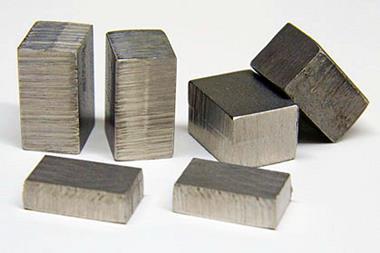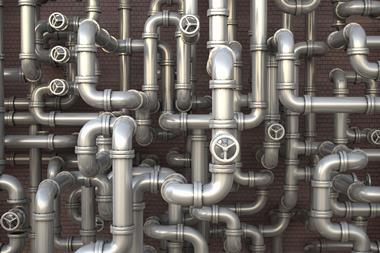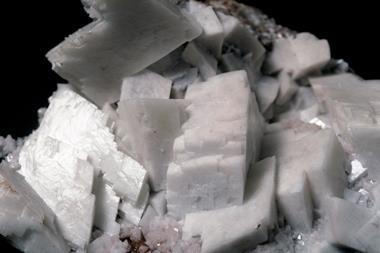Several elements mixed in a single crystal phase isn’t necessarily a high entropy material
Almost 20 years have passed since Jien-Wei Yeh and Brian Cantor first – but separately – reported how they had combined equimolar (or near-equimolar) concentrations of multiple different metal elements to make single-phase alloys. Before then, both had spent years developing what we now call high entropy alloys completely unaware of the other, yet those initial papers appeared just months apart.
It took a little while for this new and radical metallurgical concept to gather steam. The two papers clocked up only a handful of citations in their first couple of years. Today, however, each of them has thousands. And the high entropy concept has since spread to other materials: high entropy oxides, high entropy carbides, high entropy nitrides, high entropy silicides, high entropy borides, high entropy metal–organic frameworks and high entropy MXenes are all being investigated.
As our feature on high entropy alloys explains, researchers are excited to understand and develop them because in some cases mixing a large number of elements within a crystalline solid creates materials with extraordinary property combinations. The materials firmly contradict the conventional base element approach to making alloys; rather than focus on the edges and corners of the phase diagram, high entropy alloys are all about the centre. And they’ve shown that assumptions about multi-component alloys being brittle and difficult were wrong.
Slowing progress down, however, is a lack of data to use in models that predict the capabilities of high entropy alloys. As is a lack of research on the mechanisms by which they form. The absence of well-understood – and well-controlled – synthetic methods mean scientists will struggle to design and tune an alloy’s properties with much efficiency.
Another concern in the community surrounds how we use the term ‘high entropy’. It seems to have become a buzzword to describe a material’s composition rather than the thermodynamic aspects of its formation. In 2022 Thomas Ward and colleagues pointed out that many studies neglect to calculate configurational entropy to determine if a particular material should be classified thermodynamically as high entropy.1 They warn that ignoring entropy metrics will make it hard to compare the influence of configurational entropy on specific properties. Establishing a universally accepted definition of when a material is entropy-stabilised, high entropy or just compositionally complex would surely be a worthwhile endeavour.
References
1 M Brahlek at al, APL Mater., 2022, 10, 110902 (DOI: 10.1063/5.0122727)

















No comments yet